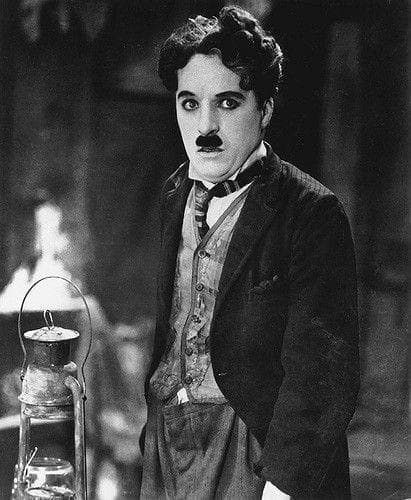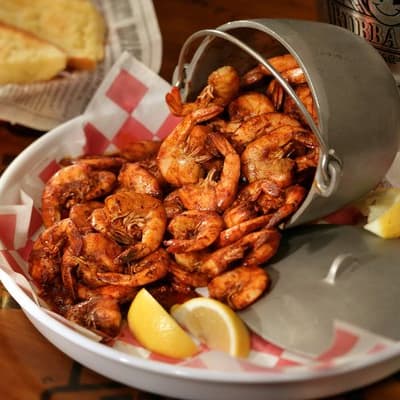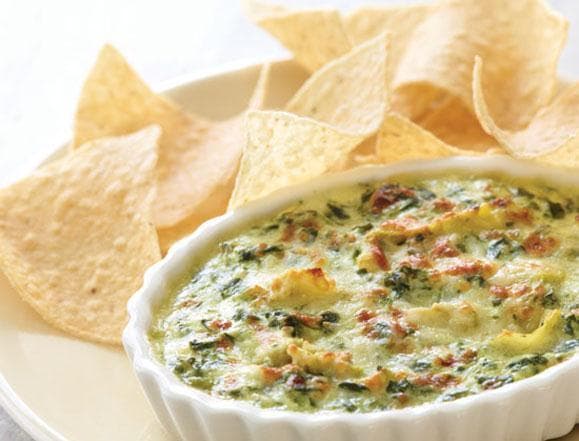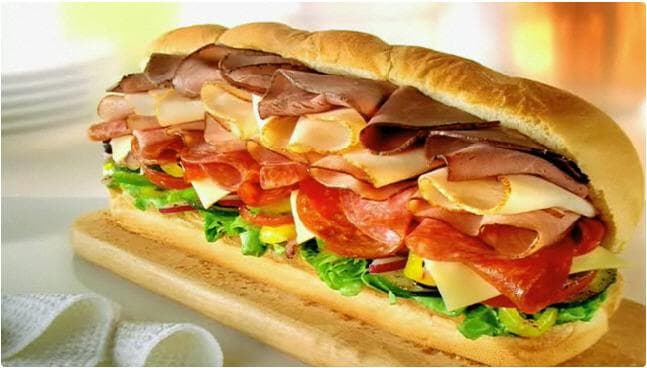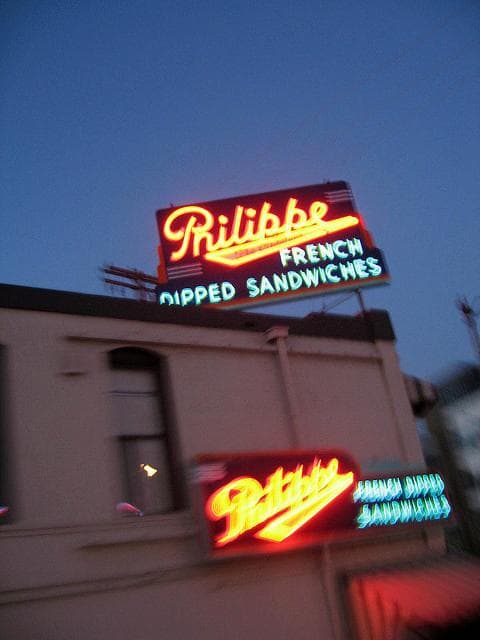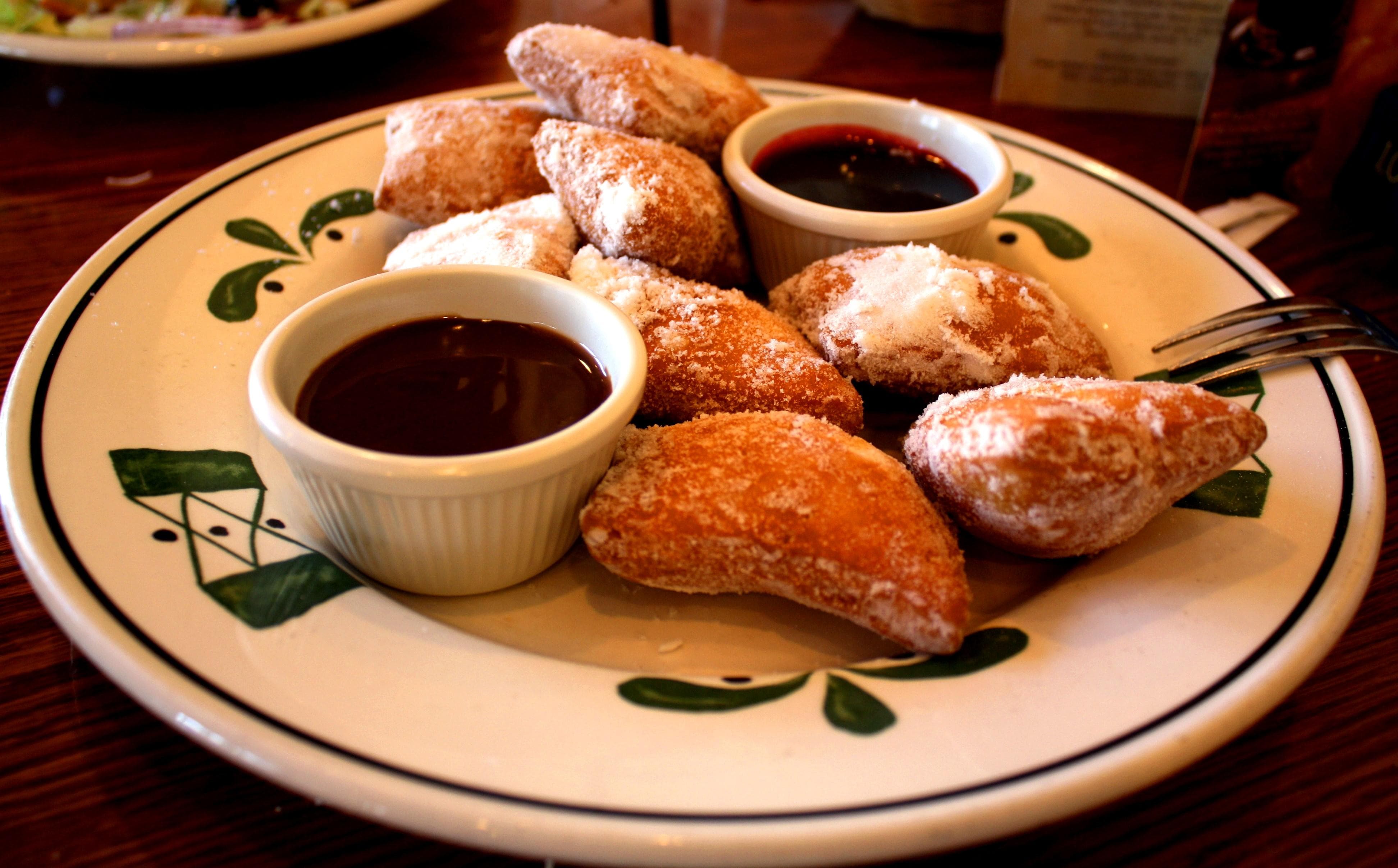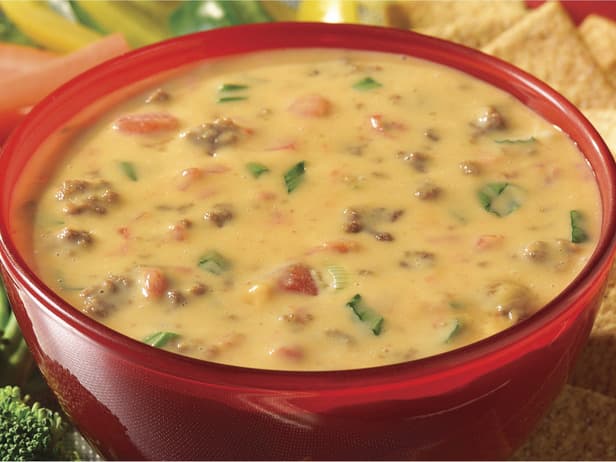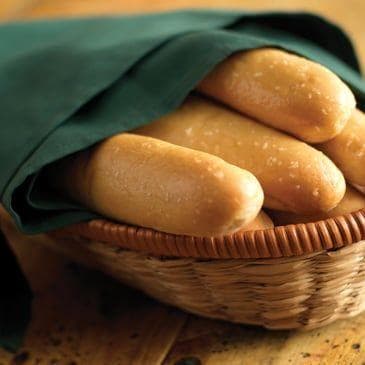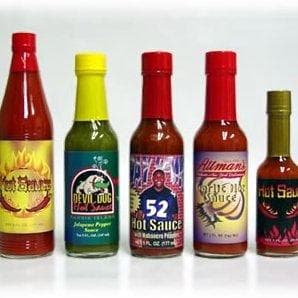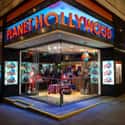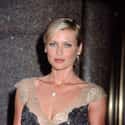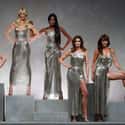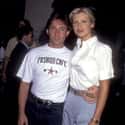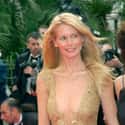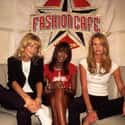(#8) A London Branch Was Opened In 1996
With the New York opening of the Fashion Cafe in 1995 a success, the Buti brothers sought to franchise. In London, they purchased the former Rialto theater in Leicester Square, across the street from a Planet Hollywood.
New York and London were the primary locations for Fashion Cafes, but as many as seven additional restaurants opened up in cities like New Orleans, Jakarta, and Barcelona. The Butis planned to open even more international locations, but expenses quickly outweighed profits.
(#4) Tommaso Buti Had Famous Friends And A Supermodel Wife
After landing in the United States, Tommaso Buti cozied up to the likes of Luca Orlandi, an ex-boyfriend of Naomi Campbell and the son of a prominent Italian textile manufacturer, and Stefano Chitis, the heir to major construction firm Fondedile.
Buti soon made more famous friends, like actor Kevin Costner, and met Sports Illustrated model Daniela Peštová, whom he married in 1995. According to Buti, Peštová rejected his advances at first, but he eventually won her over with his passion and expensive gifts.
Buti was no stranger to excess, driving Rolls Royces and Ferraris to and from tennis matches and cocktail dates with wealthy pals.
(#10) The Models Probably Never Put Their Own Money Into The Venture
Tommaso Buti described Claudia Schiffer, Elle Macpherson, Naomi Campbell, and Christy Turlington as "part owners" in the Fashion Cafe, but they were often simply considered the faces of the brand. While it may have started as a spokesperson relationship, it's unclear if the women ever invested their own money into the restaurant.
When the London location went bankrupt in 1998, accountant John Alexander insisted the models were merely consultants and their appearance fees were never threatened. In 2000, however, Campbell and Macpherson accused Buti of pocketing $25 million. He supposedly asked them to invest further into the venture, but they declined.
The lack of financial support from the models may have worked against the restaurant chain, especially after the public realized the women were being paid to appear. Regardless of the sources, the Buti brothers were said to have convinced investors to put about $30 million into Fashion Cafe.
(#7) Fashion Cafe Sold More T-Shirts Than Anything Else
The Fashion Cafe made most of its money on, well, fashion. According to reports, the cafe sold almost 30,000 t-shirts within the first four months of opening in New York City. Shirts cost $16 and hats were $18, but there were higher end items as well.
A varsity jacket sold for $225 and a motorcycle jacket was too much for reviewer Phil Rosenthal to mention when he wrote about the business in 1995. Even today, a vintage Fashion Cafe jacket will cost you around $100.
(#14) Fashion Cafe Wasn't Tommaso Buti's First Restaurant
While making wealthy and influential friends during the late 1980s and early 1990s, Tommaso Buti simultaneously started investing in eateries in New York and Florida. In 1991, Buti set up a sandwich service in World Wide Plaza in New York City - with the help of wealthy leather business heir Ippolito Etro - before starting a deli the following year. At one point, his deli was said to serve more than 1,000 lunches each day and be worth about $10 million.
He also opened an Italian restaurant in Miami and linked up with his brother in real estate during the early 1990s. Buti began working with noteworthy clients, like Merrill-Lynch and Chase Manhattan, all leading up to the establishment of the Fashion World Company, described by journalist Giselle Benatar as a "real estate, travel, and restaurant firm" in a 1995 New York magazine article.
(#3) Fashion Cafe Was The Brainchild Of Brothers Tommaso And Francesco Buti
Tommaso Buti and his brother, Francesco, opened the Fashion Cafe in 1995. Tommaso, 28 at the time, had arrived in the United States from Florence, Italy in 1989. He claimed he was looking for a "fresh start" after his relationship with his father fell apart.
Claiming he was from a wealthy family, Tommaso hoped to capitalize on people's fascination with the glitz and glamour of the fashion industry. According to journalist Michael Gross, "the phenomenon of supermodels [was] at its peak" in 1995, having become "mass entertainment and showbiz" in and of itself.
Tommaso and Francesco Buti joined forces during the early 1990s, linking their restaurant and real estate interests.
New Random Displays Display All By Ranking
About This Tool
Coffee Shop is a place where people gather for Leisure and business exchange. It is popular in every big, medium and small cities. What makes the cafe uniquely appealing is that it sells not just coffee, but a quality, a culture and an idea. The first cafe was called “Kaveh Kanes” and was built in Mecca. Although originally intended for a religious purpose, these places soon became centers for chess, small talk, singing, dancing, and music. Starting in Mecca, the cafés spread to Aden, Medina, Minas Gerais and Cairo.
The random tool generated 14 items for 14 coffee shops frequented by top Hollywood models. These cafes have now become Cafe Astoria, where fans and crowds like to punch in to prove they’ve been to the same places as their favorite models and stars.
Our data comes from Ranker, If you want to participate in the ranking of items displayed on this page, please click here.

